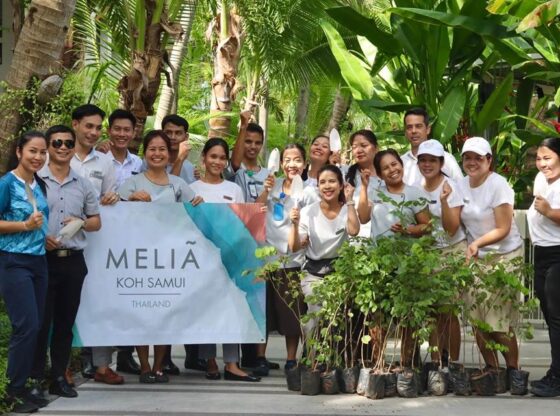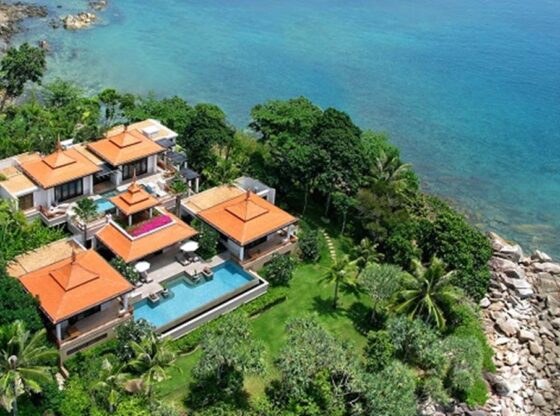![]()
The successful listing of the forest represents the culmination of ten years of effort by various Thai governments to push for its listing. It is Thailand’s third natural heritage site to be endorsed by the WHC.
A member of the WHC from China also commented that China had fully supported the forest complex’s nomination because of scientific reports on its biological diversity and fertility.
He said the WHC has put a focus on scientific information regarding the significance of biological system in the forest complex. As for the human rights issue, “we have another body to take care of it”, he said.
He said it reflected success in the management and conservation of the forest in its natural state, which helps conserve the local endemic biodiversity, including local plants and animals with exceptional scientific value.
“It marks a good beginning for our strong efforts to protect and preserve the forest complex for the next generation,” he said.
KAENG KRACHAN
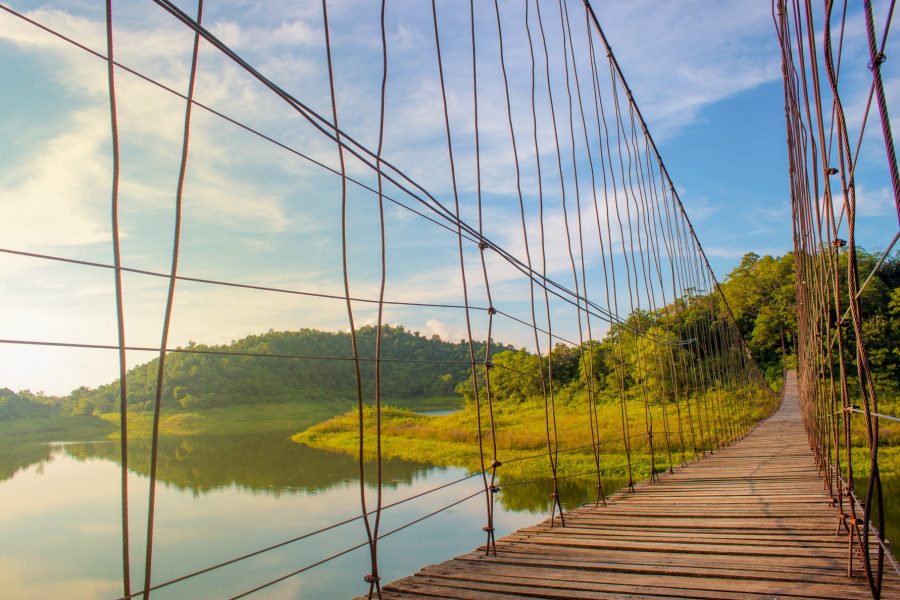
Kaeng Krachan forest complex is Thailand’s largest national park, covering 464,000 hectares spanning Phetchaburi, Prachuap Khiri Khan and Ratchaburi provinces. The forest is rich in over 490 wildlife species, several of them rare.
The site is located along the Thailand side of the Tenasserim mountain range, part of a north-south granite and limestone mountain ridge running down the Malay Peninsula.
Located at the cross-roads between the Himalayan, Indochina, and Sumatran faunal and floral realms, the property is home to rich biodiversity. It is dominated by semi-evergreen/dry evergreen and moist evergreen forest with some mixed deciduous forest, montane forest, and deciduous dipterocarp forest.
A number of endemic and globally endangered plant species have been reported in the property, which overlaps with two Important Bird Areas (IBAs) and is noted for its rich diversity of birdlife, including eight globally threatened species.
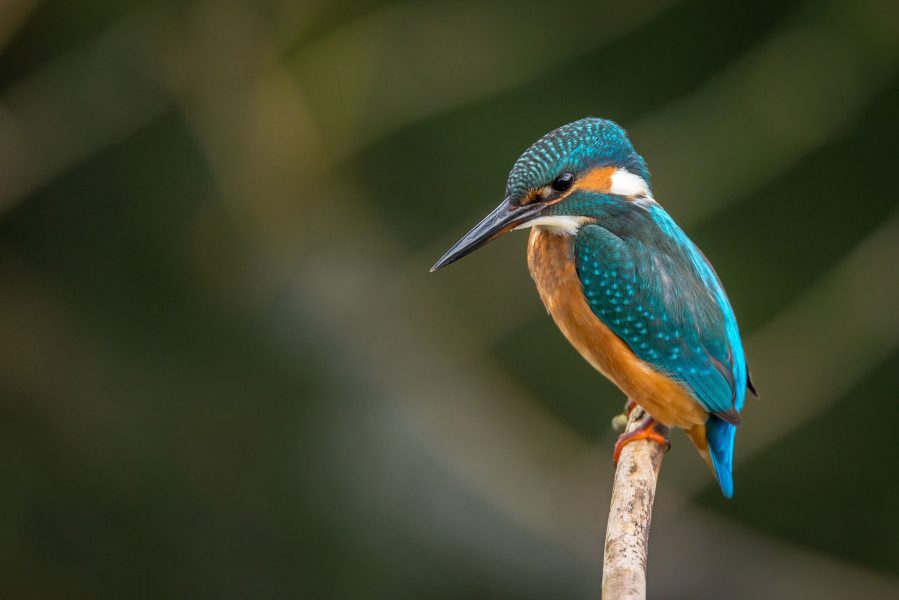
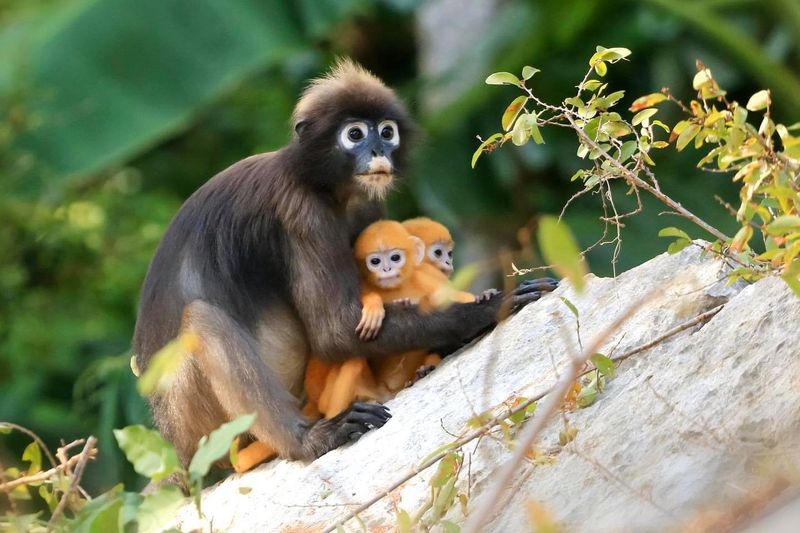
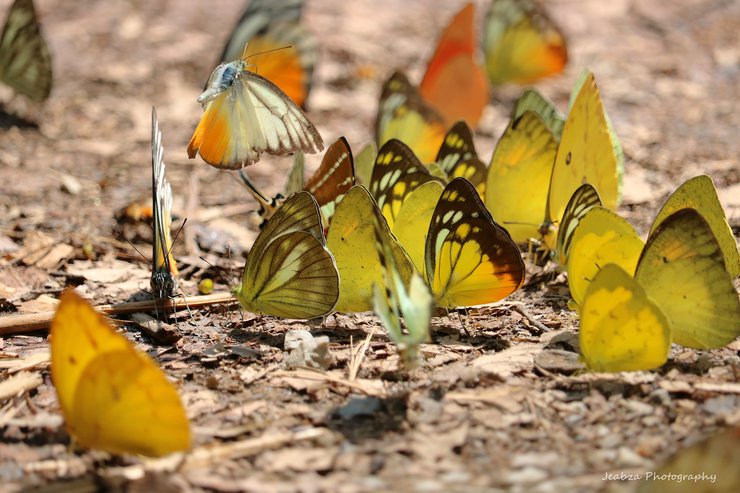
The property is home to the critically endangered Siamese Crocodile (Crocodylus siamensis), the endangered Asiatic Wild Dog (Cuon alpinus), Banteng (Bos javanicus), Asian Elephant (Elephas maximus), Yellow/Elongated Tortoise (Indotestudo elongata), and the endangered Asian Giant Tortoise (Manouria emys), as well as several other vulnerable species of birds and mammals. Remarkably, it is also home to eight cat species: the endangered tiger (Panthera tigris) and Fishing Cat (Prionailurus viverrinus), near-threatened Leopard (Panthera pardus) and Asian Golden Cat (Catopuma temminckii), the vulnerable Clouded Leopard (Neofelis nebulosi) and Marbled Cat (Pardofelis marmorata), as well as Jungle Cat (Felis chaus) and Leopard Cat (Prionailurus bengalensis).









